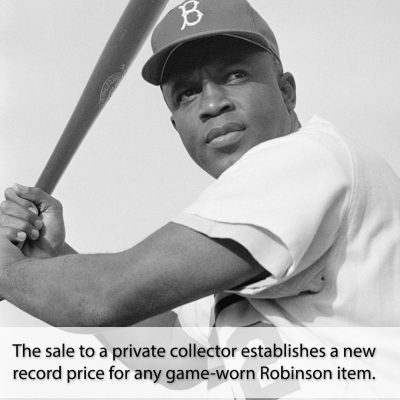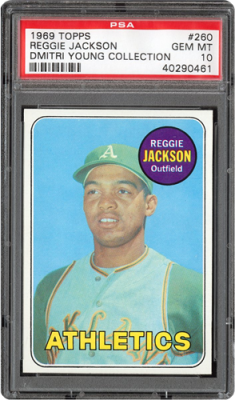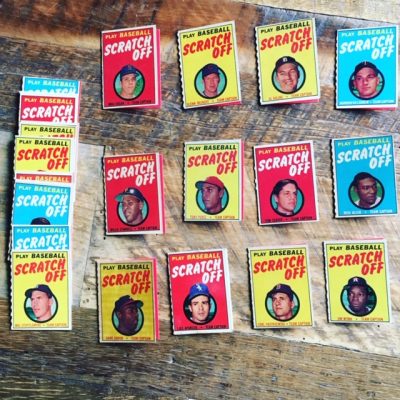No products in the cart.
FEATURES
Following behind the 1952 Topps set, the 1953 set is known for its vivid colors and realistic nature among all other trading cards. The sizing of these cards is another notable feature, measuring in at 2-5/8” x 3-3/4”. On each card, the name of the player, their position and team, and their team logo is presented, all within a white, solid border. Along with this, the bottom of the cards portrays player information under two banners. Those who played in the American League have a red banner while those were in the National League have black banner. These borders serve as a sign of wear because they bleed to the card’s edges. On the other side of each card is player statistics, along with biographical information and a Dugout Quiz.
SET SERIES
Series One: cards 1-85
Series Two: cards 86-165
Series Three: cards 166-220
Series Four: cards 221-280
A UNIQUE SET
Released in several series, the 1953 Topps set contains many cards in series a and 2 that were not printed at the same time as the other cards. Rather, they came out in series that followed. Alongside this, there were certain cards in the fourth series which were never actually created. Such was a result of player contracts and lawsuits. This set is also very distinctive due to its layout; while some cards were single-printed, others were double-printed. In fact, a few of the most valued players, including Pee Wee Reese and Mickey Mantle, were single-printed. Because of this, they were, and still remain, a rarity, increasing their value. Like many other card sets, the first and last cards within the set maintain the most value, this resulting from the fact that they were the cards that endured the most damage as children used rubber bands to hold the cards together. This is also the case as the first card is Jackie Robinson, Hall of Famer, and the last card is Milt Bolling, whose card was single-printed.
HISTORY
Without a legal victory of Topps, this set would not have been created. Initially, the Bowman Gum Company and Philadelphia-set Haelan Laboratories, filed a lawsuit against Topps, arguing that they were violating player contracts. Despite this, the case was dismissed and production was set into motion. This set was initially going to be comprised of 280 cards, but the set ended with only 274 cards. This resulted because Topps was afraid that thousands of cards would end up being unsold, much like the previous year with the 1952 set. Despite its small size, the 1953 Topps set remains one of the most beautiful baseball card sets of all time, utilizing illustration over actual photos. Although this method has been adopted and implemented by many manufacturers over the years, 1953 Topps was the first to model this technique and set it into motion.








